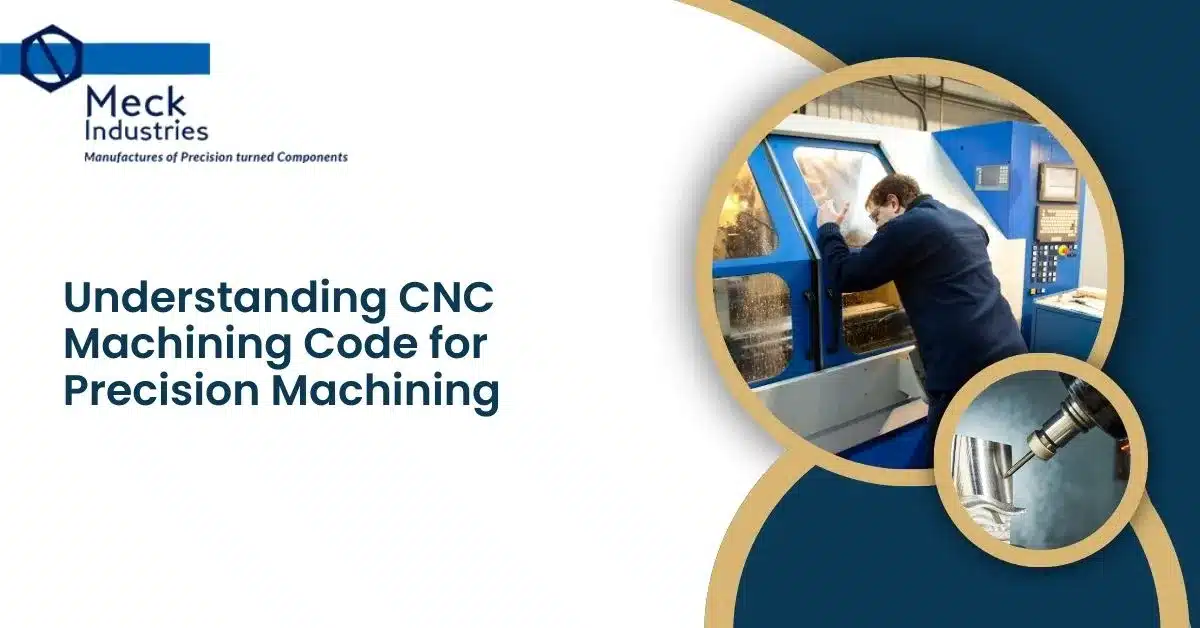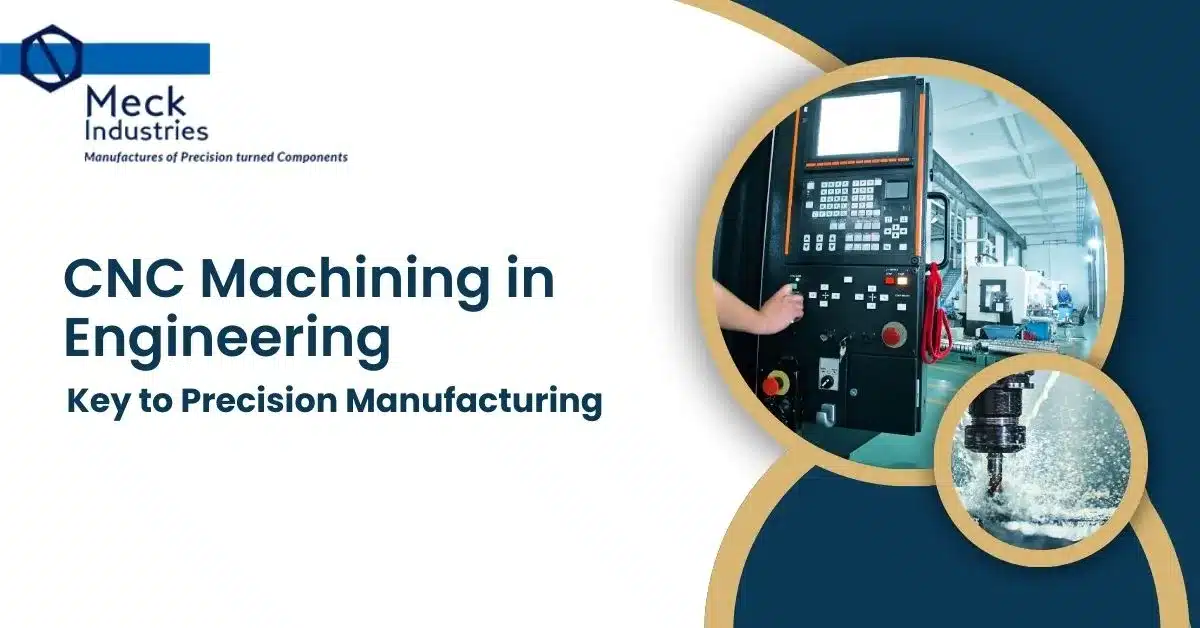
CNC (Computer Numerical Control) machining plays a crucial role in modern manufacturing, enabling precise and automated control of machine tools. Whether you’re new to CNC machining or looking to refine your knowledge, understanding CNC machining code is essential for achieving accuracy and efficiency. In this blog, we will explore CNC machining code, its significance in precision machining, and the essential parts of a CNC machine.
What is CNC Machining Code?
CNC machining code, also known as G-code, is a programming language used to control CNC machines. It consists of a series of commands that dictate machine movements, cutting paths, spindle speeds, and other critical operations. The code ensures high precision in manufacturing processes such as milling, turning, drilling, and engraving.
Common CNC Machining Codes
- G-Codes (Preparatory Codes) – Control movement and positioning.
- G00: Rapid positioning
- G01: Linear interpolation (straight-line movement)
- G02: Clockwise circular interpolation
- G03: Counterclockwise circular interpolation
- G28: Return to home position
- M-Codes (Miscellaneous Codes) – Control machine functions.
- M03: Spindle on (clockwise)
- M04: Spindle on (counterclockwise)
- M05: Spindle stop
- M08: Coolant on
- M09: Coolant off
- F and S Codes – Control feed rate and spindle speed.
- F100: Feed rate of 100 mm/min
- S500: Spindle speed of 500 RPM
- T and D Codes – Tool selection and compensation.
- T01: Select tool 1
- D01: Offset for tool 1
Need CNC Machine Parts? Get high-quality, precision-engineered CNC machine components for your manufacturing needs. Contact us today!
Importance of CNC Machining Code in Precision Machining
Precision machining requires meticulous programming to ensure optimal accuracy, repeatability, and efficiency. CNC machining code eliminates human error, enables automation, and enhances consistency in manufacturing complex components with tight tolerances.
Benefits of Understanding CNC Code:
- Improved Accuracy: Ensures exact positioning and dimensions.
- Efficient Production: Reduces manual intervention and speeds up processes.
- Consistent Quality: Reproducible results for mass production.
- Cost Savings: Minimizes material waste and tool wear.
Essential CNC Machine Parts
A CNC machine consists of multiple components working together to achieve precision machining. Here are the key parts:
- Control Panel
The interface where operators input CNC machining code and control the machine’s operations.
- Spindle
The rotating component responsible for cutting and machining the material.
- Tool Holders & Cutting Tools
Secure and guide the cutting tools used in milling, drilling, and turning operations.
- Linear Guideways
Allow precise movement of machine components along designated paths.
- Worktable
The platform where the workpiece is securely mounted during machining.
- Motors & Drives
Provide motion control for the machine’s axes, enabling accurate movement and positioning.
- Coolant System
Keeps the cutting area cool, reducing heat generation and prolonging tool life.
- Chip Conveyor
Removes metal chips and debris generated during machining.
Frequently Asked Questions
What is CNC precision machining?
CNC precision machining uses computer-controlled tools to create highly accurate parts with tight tolerances, ensuring consistency in manufacturing.
How to understand CNC code?
CNC code consists of G-codes (movement commands) and M-codes (machine functions). Learning common commands helps in programming CNC machines efficiently.
What is the G42 code used for?
G42 is a cutter compensation command that offsets the tool to the right of the programmed path, ensuring accurate machining of the desired shape.
What is the difference between G-code and M-code?
G-code controls the tool movement and positioning, while the M-code manages machine functions like spindle control, coolant activation, and tool changes.
Conclusion
Understanding CNC machining code is vital for anyone involved in precision manufacturing. Mastering G-code and M-code commands allows operators to optimize machine performance, improve efficiency, and ensure high-quality production. Additionally, knowledge of CNC machine parts helps in maintenance and troubleshooting, ensuring smooth operations.



